Despite a lot of rhetoric, it sometimes seems blatantly apparent that a lot of anglers and writers out there don’t realise the importance of the reaction speed of their rig and what is going on inside the fish’s mouth in the moment of the hook point taking its initial tentative purchase.
Watch the fish’s split second reaction, in the instant that they realise something isn’t right and you will see how quickly the battle can be won or lost. The majority of fish that have felt the tender nick of a super sharp hook point will shake their head or bolt off (or both) ensuring that the hook has every opportunity to take a firmer hold inevitably ending in one possible scenario – a hooked carp.
As soon as you angle with either an inefficient rig, a less than super sharp hook, or a poorly conceived lead arrangement then the chances (probabilities) of each fish being nailed falls away, and in the case of cute carp that have been under considerable pressure for much of their lives this drop off in effectiveness can be both marked and dramatic.
What am I going on about? Compromise maybe…
Well imagine your fishing a long hooklink for the very good reason that the lake your angling on has a slightly silty scruffy lakebed and you lead somehow lands on a lovely clear spot the potential for the rig to be presented well is clear. The problem is, with all that ‘rope’, you’re also offering the carp ample opportunity to have enough rope to react and rid themselves of the hook.
If that rig had landed in the chod (as expected) then the extra resistance offered by the hooklink being sunk or entangled in debris on the bottom would actually create a circumstance where you long hooklink realistically reacts like a much shorter one.
The fine line between perfection and compromise is always a tricky one to meander along, but as carp anglers this is the skill that experience and knowledge imparts. When is it OK to shorten that hooklink right down and combine it with a dirty great chunk of inline lead? Is the lead really landing on a clean spot or is there a fine layer of sediment just thick enough to envelope and hide the carefully placed rig? Only experience (or a boat) can tell you…
To my mind, as a firmly rooted bank angler, it’s necessary to fish ‘bi-polar’ rigs. Sometimes you need to use something that will present ‘adequately’ over the majority of the lake bed with minimal casting whilst on other occasions the best results will come with precise spot angling, ensuring the hookbaits a inch perfect and the fish are given time to settle once more after the inevitable barrage of leads has subsided.
There are never any easy answers; all you can do is learn and develop as an angler – in the same way as terminal tackle, after all the two evolve side by side really don’t they. Look at hooks for instance. The performance of the patterns we have at our disposal today and the way they are broadly designed to work best with specific hook link materials is light years ahead of the comparatively blunt hooks that some of the great carpers used historically (imagine what they might have caught with a sharp hook!).
Now with hooks that are razor and the tools and the understanding to take them to another level so that an even higher percentage of carp that are snared see the inside of your landing net mesh. This revolution has been a progressive thing, but the introduction of certain tools naturally accelerates the wind of change and a cognitive leap will take place.
Hook points for instance. After the introduction of chemically sharpened points it didn’t seem like anything could come along that would genuinely improve on the perfection that we perceived. That was until anglers realised that it was possible to get a hook sharper if you could be bothered to practice and take your time to hone the hook too a point that is unlikely to be matched by any but the very best ‘1 in a 100’ hook…
The tools are there, readily at our disposal. If you want to take meat off of your points there’s nothing better than a pillar file and the Jag ones suit the purpose perfectly. However as soon as we started using and developing the Point Doctor we knew! We just knew that this product filled a niche in the market for anglers wanting tool that was genuinely easy to use, for just gently touching up all those hooks that just cried out for the tiniest bit of TLC. Something so easy to use that anyone could get them to work with minimal practice. Another step in the right direction…
After that allowing – no that’s the wrong word – forcing that hook to react aggressively is another key improvement that will go a long way to enhancing your rigs overall efficiency in converting more pick ups into carp on the bank.
The more aggressively the hook acts, the faster it reacts in that miniscule moment when the fish has made a mistake. Elongate the shank of the hook and a ‘kicker’ so the hook reacts faster and the result is that the hook is more likely to stay in the correct orientation within the carp’s mouth for longer. The combination of these two factors means that the hook (you have lovingly sharpened) has much greater potential to take hold. Add a pivot point away from the hook point – positioned on the shank so that the bait pivots and the weight of the hook allows the hook to drop and turn and you have already created a rig that most carp won’t easily cope with.
It’s one of the basic premises of the Hinged stiff rig; along with all its derivatives and the chod rig (that uses the same end section) that the rigs inventors understood clearly from the outset. It was never just about the stiffness of the hook section, nor the way the rig twisted. It was the way the rig reacted and unbalanced as the fish inhaled (and tried to expel) the hookbait leaving the hook to turn instantaneously to the perfect position that really set it aside.
The same effect can be argued for D rigs of all flavours. The only restriction with them has been the limitations to the type of hooklink you can use with them, so I was keen (whilst working on a tidy small effective hook aligner product) to incorporate a simple system that would offer the tangible benefits of the D-style of hook bait mounting.
Being so simple to use – the new Covert Pop Up Hook aligners (also perfect for bottom baits) offer a genuine way of easily improving your rigs and open up the permutations of hook link material you can fish with without compromising the hooking arrangements deadly efficiency.




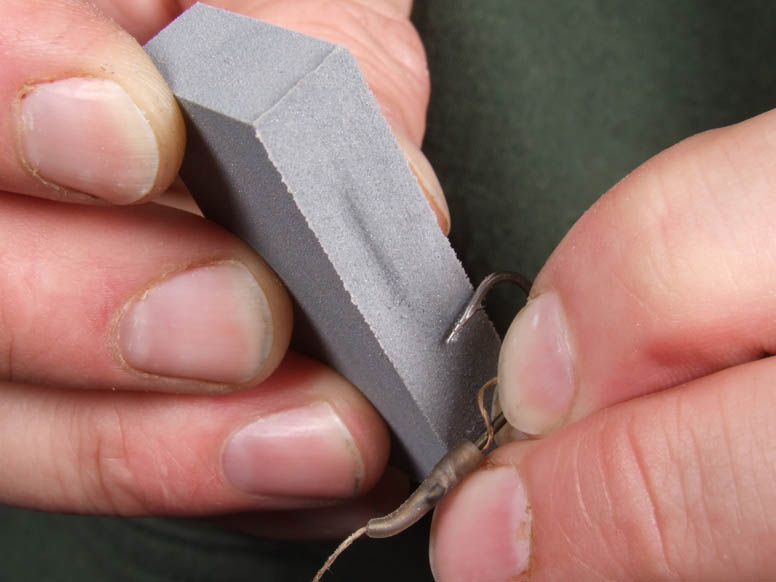
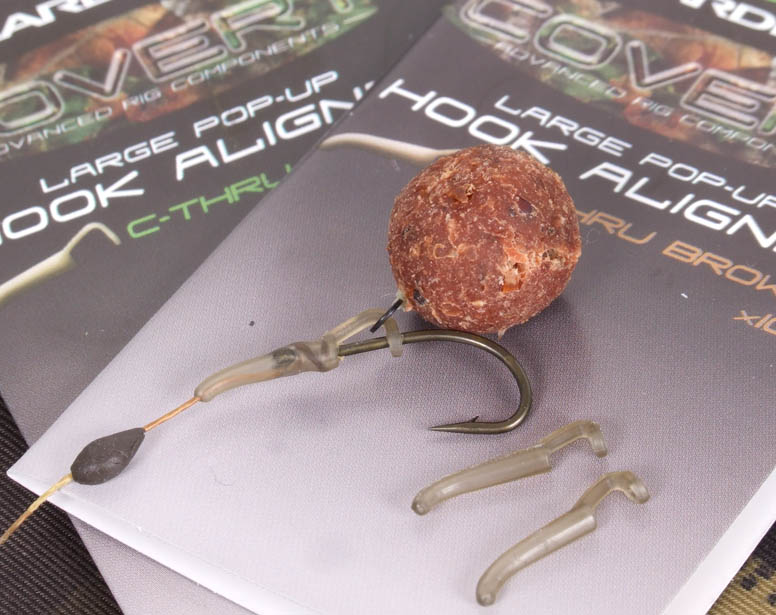
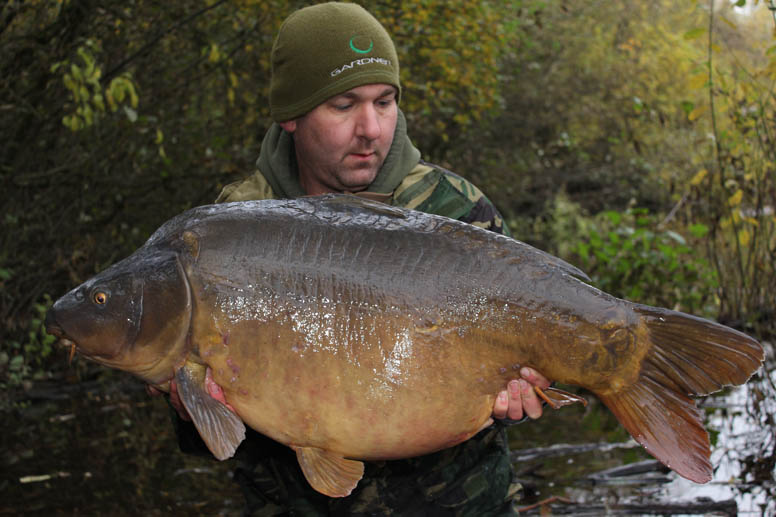
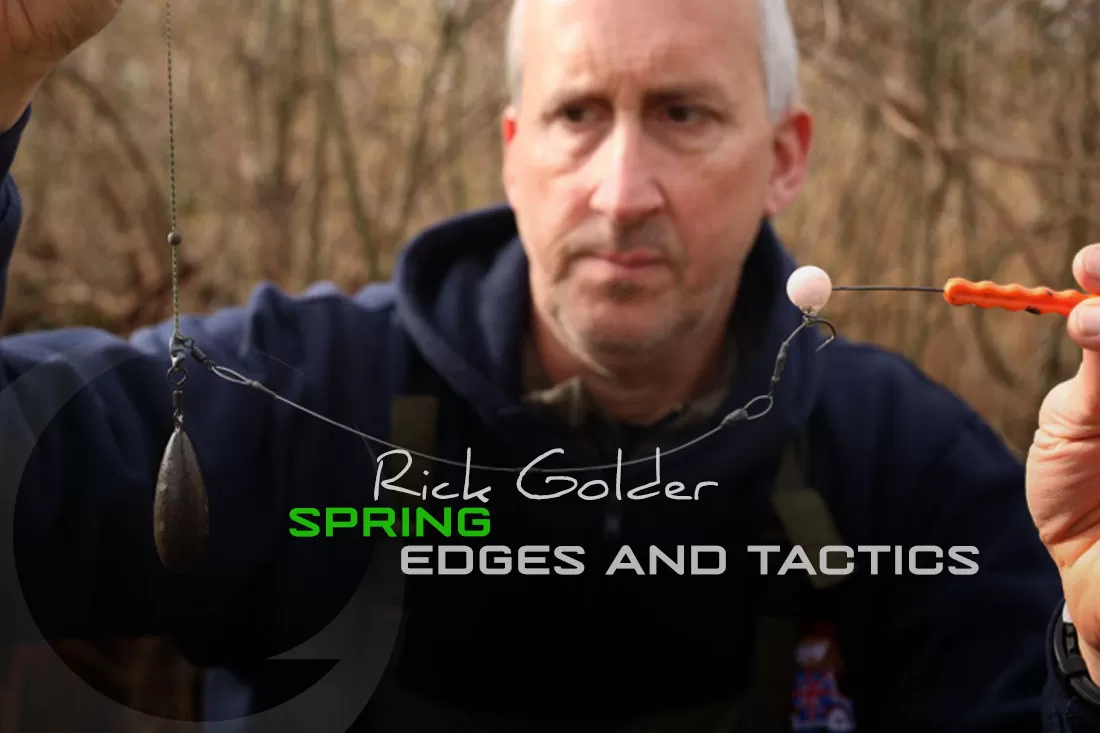
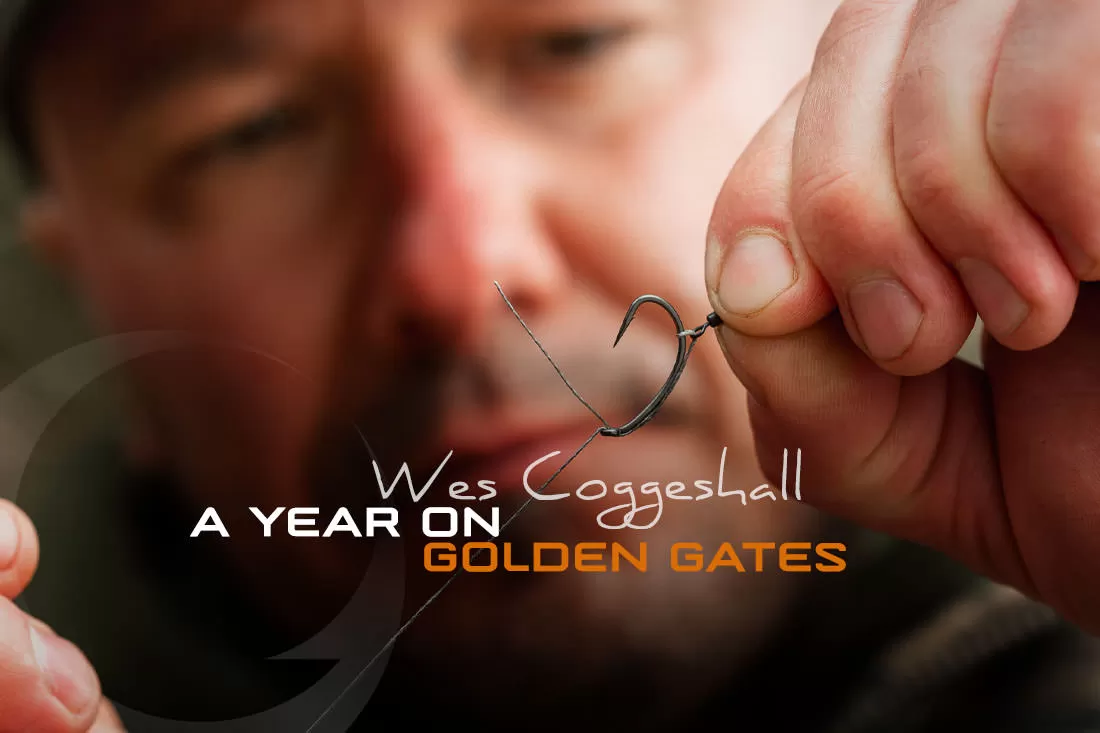
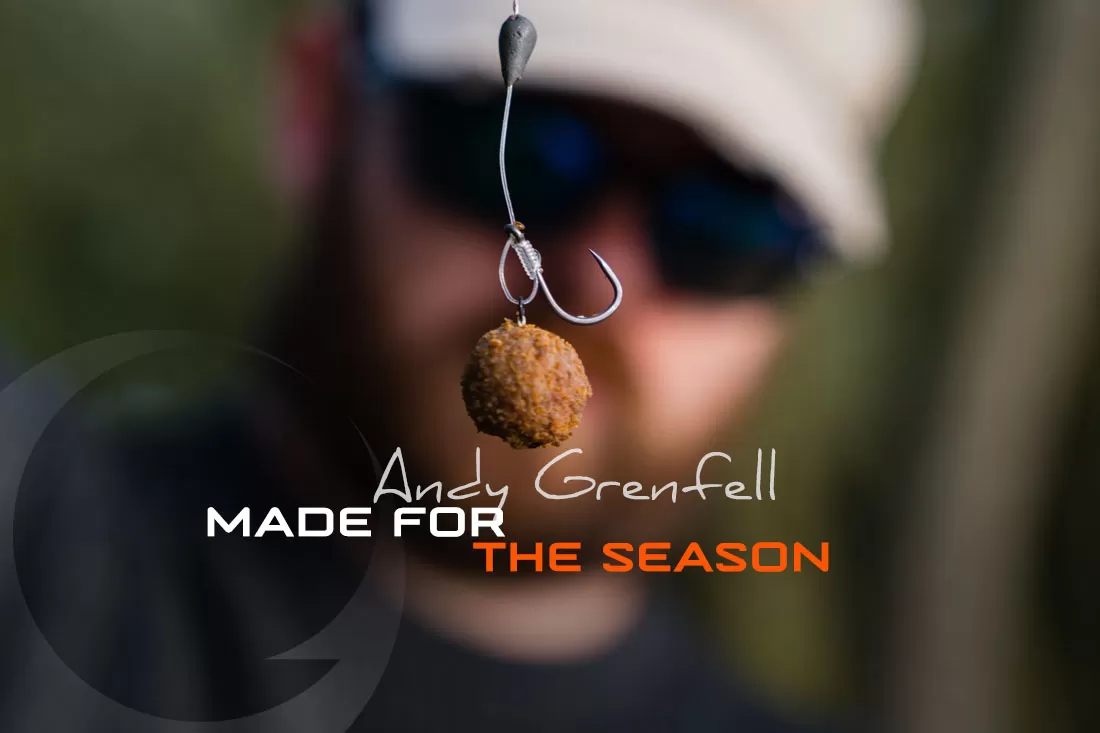
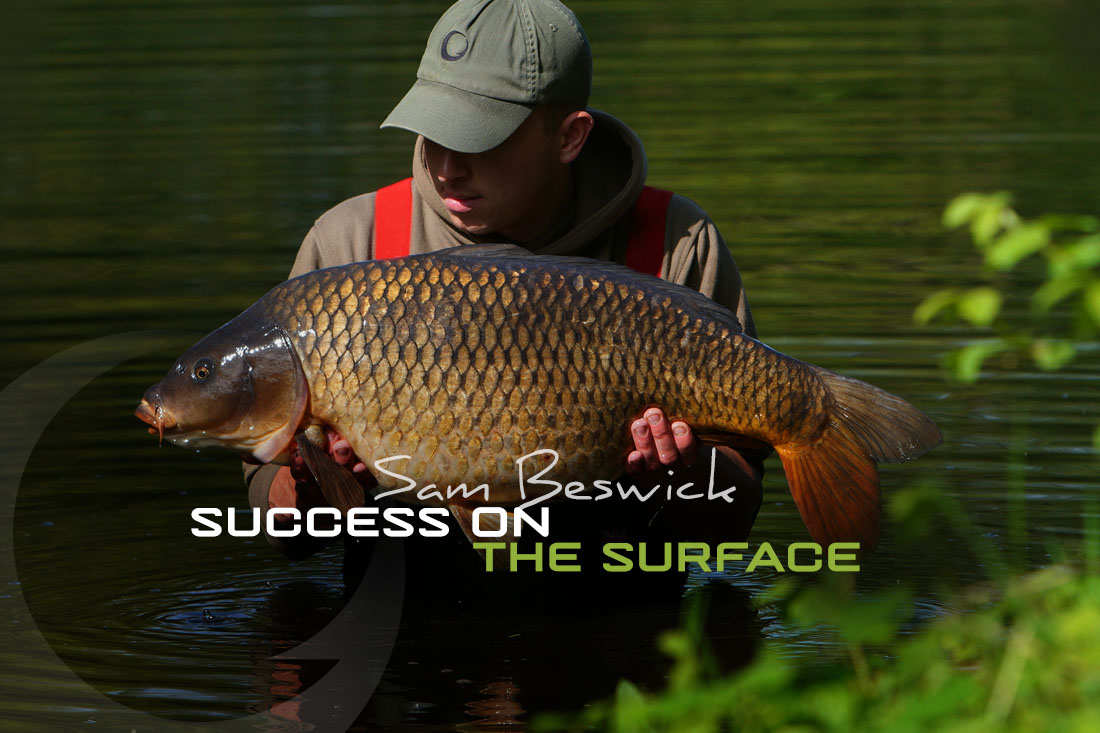
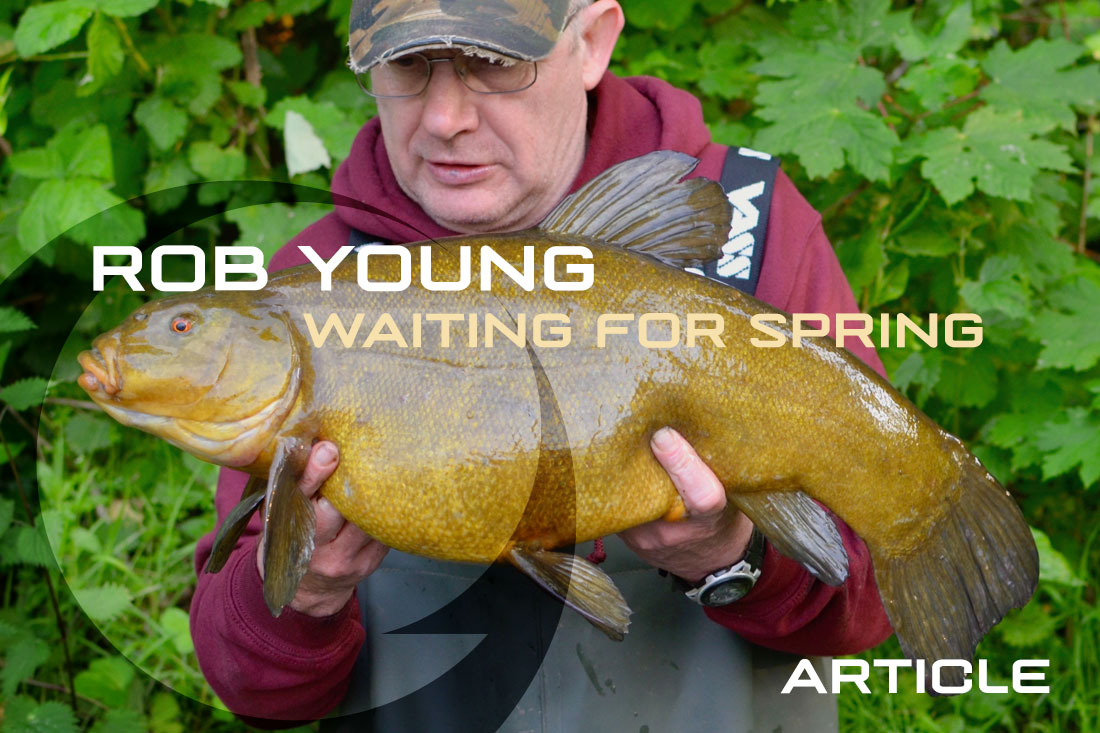

c est de la balle ce que vous faites chez gardner ! continuez les gars